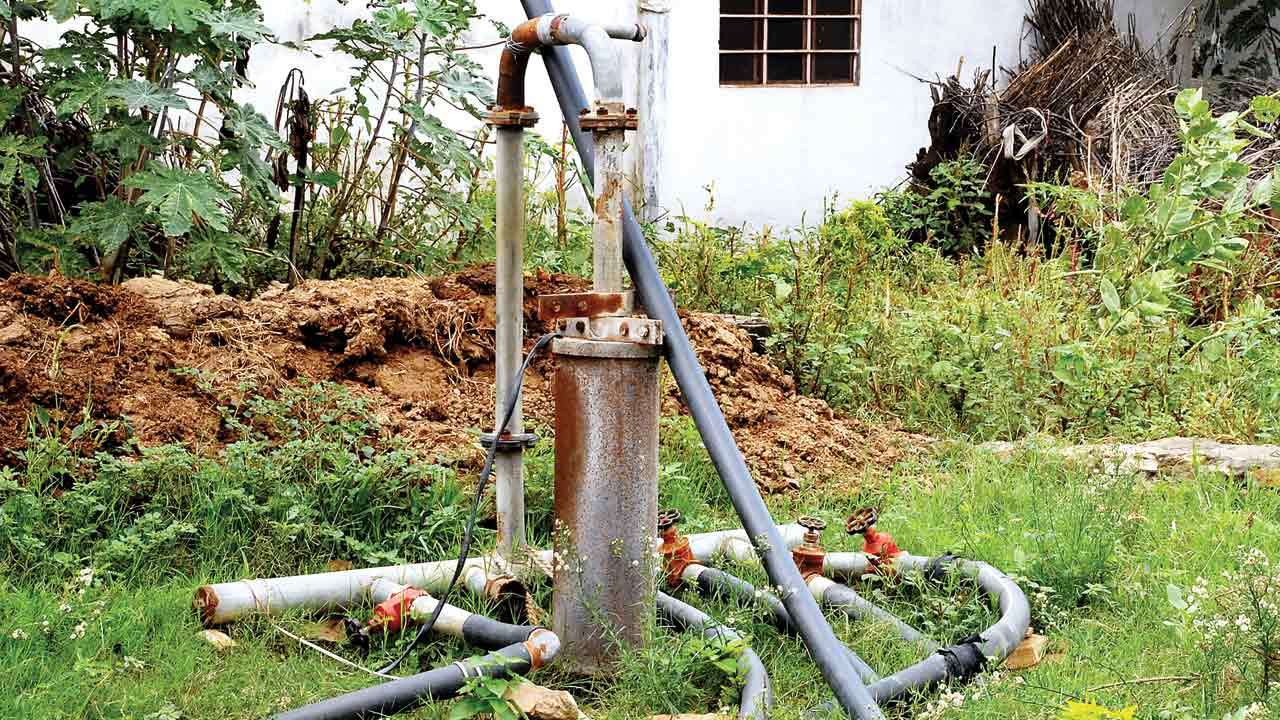
Groundwater is the backbone of rural economy in both semi-arid and arid regions of India. The past four decades have witnessed an explosion in well numbers in these regions for irrigated farming. The government finance for well digging and pump installation with capital subsidies, massive rural electrification and pervasive energy subsidies all have enabled this process to aggravate. Today, the resource is heavily over-exploited in many of these regions. Depletion is causing economic and social distress in rural areas, though the manifestation is different in different settings. In the alluvial areas of Punjab, Rajasthan and Gujarat, water tables keep falling, increasing the cost of pumping. In the hard rock areas of AP, Telangana, Karnataka and Maharashtra, there are rampant well failures and seasonal depletion.
In the north western parts of India and southern peninsula, the early and rapid rural electrification, free or subsidised power to the farm sector, large productive farmers and attractive procurement prices for major cereals led to intensive use of groundwater. Zero marginal cost of pumping and lack of restriction on volume of water resulted in inefficient and unsustainable use of the resource. In the relatively groundwater-abundant eastern India, millions of marginal farmers do not own wells and inequity in access is a major challenge, with high monopoly price charged by well owners to water buyers. But the latter use the resource very efficiently, obtaining high water productivity in farming.
Many myths shaped the public policies of yesteryears in India’s groundwater sector. They are: groundwater economy is controlled by millions of small and marginal farmers, and that any attempts to regulate it would threaten their livelihoods and therefore are politically sensitive; and raising power tariff would adversely affect the poor water buyer farmers, by raising the selling price of water. But in reality, ownership of wells and pump sets in India is heavily skewed towards large and medium farmers and a very small fraction of small and marginal farmers in the country own wells and pump sets. The rest are dependent on water purchase from well owners. Further, the price well owners charge for water is not determined by their cost of production, but the monopoly power enjoyed by them.
There is also a popular belief that groundwater depletion is because of inadequate recharge, though neither the rainfall nor the annual recharge has reduced over the years. Further, there is a myth that a lot of water goes wasted during the rainy season and that it can be captured to augment groundwater stock, whereas the fact is that in the semi-arid and arid regions, there is little excess runoff available for harnessing. Also, hard rock regions experience natural constraints induced by the geological formation to additional recharge during the rainy season.
Most empirical studies are in favour of pricing electricity on the basis of actual consumption. They show that the energy prices at which the farmers start responding to tariff changes in terms of reducing the demand for water and electricity would be socio-economically viable. This is because they are able to economise the use of irrigation water and other farm inputs and modify their farming systems, when confronted with positive marginal cost of electricity and higher unit tariff. The result is that they get not only higher water use efficiency, but also higher net income per unit area of cultivated area.
Yet, the power utilities in India continue to toil with this idea. The problem was the rampant tampering of meters in rural areas, and also their malfunctioning. Technologies exist not only for metering, but also controlling energy consumption by farmers. The pre-paid electronic meters, which are operated through scratch cards, magnetic cards and can work on satellite and internet technology, are ideal for remote areas to monitor energy use and control groundwater use online from a centralised station. The conditions in rural areas are ideal for this. The quality of services provided by internet and mobile phone companies is very good now and the number of connections is also very high.
Pre-paid meters prevent electricity pilferage. They can be recharged digitally through internet and SMS. They help electricity companies restrict the use of electricity, based on a pre-determined ‘quota’. Hence, the transaction cost of metering can be substantially reduced. Restricting farmers’ electricity use is equivalent to rationing water allocation. When the latter happens, farmers would be tempted to allocate the available water to economically more efficient uses. With metering, there would be no need for restricting power supply, as done now. Quality of irrigation will be better under unrestricted power supply than under restricted supply, leading to higher farm incomes.
A big intervention, which can arrest groundwater depletion in India, is transfer of surface water from water-surplus regions to groundwater-scarce regions of north western, western and southern India for irrigation as it could ease the pressure on groundwater. Studies done in the command area of Sardar Sarovar project in Gujarat show significant rise in water levels after the introduction of canal water, enhancing well yields and reducing the energy required for pumping water as a result of aggregate reduction in groundwater draft on the one hand and recharge from canal-irrigated fields on the other.
Politicians consider raising power tariff as unpopular, in spite of the growing evidence that farmers are willing to pay for good quality power. Instead, they prefer populist approach of promoting ‘small-scale rainwater harvesting’. Large amounts of public fund are being pumped in year after year for integrated watershed management, dug well recharging, and community-based water harvesting in naturally water-scarce regions, without knowing whether sufficient water is available for harnessing in such regions, accruing no visible outcomes.
The author is Executive Director of Institute for Resource Analysis and Policy (IRAP), Hyderabad. He is the author of six books and five edited volumes on water, energy and agriculture. Views are personal.